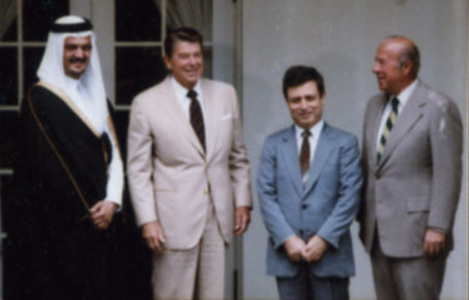“I know not with what weapons World War III will be fought, but World War IV will be fought with sticks and stones” – (Albert Einstein)
A red alert in an age of fear, anger and extremes
In anticipation of its 2018 edition, the well-regarded Munich Security Conference issued a report which aimed to serve as a useful compilation for an impressive gathering of over 300 decision makers and security professionals coming from all four corners of the world.
Quoting the following message delivered by the newly elected United Nations Secretary-general António Guterres, the epigraph to the very first article of the report clearly nailed the colors to the mast:
“When I took office one year ago, I appealed for 2017 to be a year for peace. Unfortunately, in fundamental ways, the world has gone in reverse. On New Year’s Day 2018, I am not issuing an appeal. I am issuing an alert—a red alert for our world. Conflicts have deepened and new dangers have emerged. Global anxieties about nuclear weapons are the highest since the Cold War. Climate change is moving faster than we are. Inequalities are growing. We see horrific violations of human rights. Nationalism and xenophobia are on the rise”.
Could there be any more accurate and concise depiction of the state of the world in the early years of the twenty-first century?
Epochal developments in nearly all areas of human activity have triggered increasing concern about the sustainability of an international order conceived, shaped and erected in large measure by the United States of America, in the wake of World War II, thanks to its economic and military might. But this so-called US-led “liberal” order has been witnessing steady erosion and is today brutally called into question, to say the least. And surprisingly enough, its very foundations have been subject to incessant assaults carried out by those who have constructed it—led today by the Donald Trump administration, in response to what it views as excesses of an unbridled globalization. As John Ikenberry stated “the world’s most powerful state has begun to sabotage the order it created. A hostile revisionist power has indeed arrived on the scene, but it sits in the Oval Office, the beating heart of the Free world”.
The conjunction of such realities as illegal wars waged by self-proclaimed global policemen against weaker “disobedient” albeit sovereign states, and unparalleled economic inequality stemming from the contradictions of capitalist globalization and the behavior of unfettered corporate expansion exploiting almost every area of public and private life, has generated a growing global authoritarianism and social Darwinism.
Thus, along a similar train of thought as other leading critics of this twenty-first century-style global capitalism—like Paul Krugman and Thomas Piketty—Nobel Prize laureate Joseph Stiglitz described this pervasive reality of great divide in an important book. During the past decade, he writes,
“four of the central issues facing our society have been the great divide—the huge inequality that is emerging in the United States and many other advanced countries— economic mismanagement, globalization, and the role of the state and the market”.
This situation is “related to the role of special interests in our politics —a politics that increasingly represents the interests of the 1 percent”.
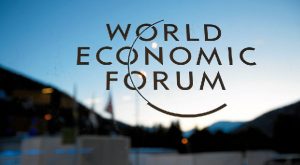
That’s why in 2014, Oxfam submitted a landmark briefing paper calling on the world’s elite gathered in Davos to make commitments needed to counter the growing tide of inequality. The paper indicates that almost half of the world’s wealth is now owned by just one percent of the population. This massive concentration of economic resources in the hands of fewer people, Oxfam warns, presents a real threat to inclusive political and economic systems, and compounds other inequalities. All the more so since left unchecked, political institutions are undermined and governments overwhelmingly serve the interests of economic elites—to the detriments of ordinary people. These prospects have since been proven right in another report from Oxfam which showed that just eight men own the same wealth as the poorest half of the world and considered “beyond grotesque” that a handful of rich men headed by the Microsoft founder Bill Gates are worth $426bn, equivalent to the wealth of 3.6 billion people.
By the same token, a report from the Institute for Policy Studies found that the 3 wealthiest citizens in the US (Jeff Bezos, Bill Gates, and Warren Buffett) are richer than the poorest half of the population of this country, equivalent to 160 million people! Their combined wealth amounts to a staggering figure of $248.5 billion. Commenting on these findings, Chuck Collins, an economist and co-author of the report, said that the “billionaire class” continues to separate from the rest of the population at an accelerated pace, and that “so much money concentrated in so few hands when so many people are struggling is not only a sign of bad economic policy, it is a moral crisis”.
Pankaj Mishra aptly captured and eloquently summed up the big picture and the choreography of this danse macabre in which the world got trapped. He rightfully observed that “future historians may well see such uncoordinated mayhem as commencing the third—and the longest and the strangest—of all world wars: one that approximates, in its ubiquity, a global civil war.
But how did the world get to experience its present horrendous predicament?
From Prometheus to Homo Deus
Marshalling an impressive array of research in his 2014 book “The Progress Paradox”, Gregg Easterbrook makes the assertion that almost all aspects of Western life have vastly improved in the past century, and that the last fifty years made almost everything so much better for almost everybody that it is sheer perversity to feel bad about most anything. Very recently, he reiterated this claim, and in doing so, he denounced all those who are engaged in a “politics of competitive nostalgia” which demands return to an idealized past that can never be reached because, he says, it never existed in the first place. Instead, Easterbrook is convinced that by almost every meaningful measure, the modern world is better than it has ever been, and an even better future can be reached.
In the same vein, assessing the human condition in the third millennium, cognitive scientist Steven Pinker, also drawing upon wide-ranging research and seventy-five graphs, points out that “life, health, prosperity, safety, peace, knowledge and happiness” are on the rise, not just in the West, but worldwide. He draws the apparently logical conclusion that there has never been a better time to be a human being.
And yet today, most men and women feel less happy than in previous generations; a fact that prompted David Callahan to ask the big question: why do so many walk around scowling, rather than smiling at their good fortune in being born into the present generation?
So, why is this global discontent, in the face of an undeniable improvement in the general human condition?
Is it attributable, as Pinker thinks, only to the fact that this progress “which is not the result of some cosmic force, but a gift of the Enlightenment, the conviction that reason and science can enhance human flourishing” swims against currents of human nature—tribalism, authoritarianism, demonization, magical thinking, which “demagogues committed to political, religious and romantic ideologies” are all too willing to exploit in a rearguard war, resulting in a “corrosive fatalism and willingness to wreck the precious institutions of liberal democracy”?
Or is the current global crisis, as many others believe, because botched experiments in nation-building, democracy, industrialization, and urbanization scar much of the world, and such concepts as modernity, secularism, development, and progress are no more than long-held utopian views by the powerful few as benign ideals for the many? This opinion is shared by Pankaj Mishra who asserts that the political impasses and economic shocks of our societies, as well as the irreparably damaged environment, corroborate the bleakest views of a long list of thinkers, starting with nineteenth-century critics, who condemned modern capitalism as “a heartless machine for economic growth, or the enrichment of the few, which works against such fundamentally human aspirations as stability, community and a better future”.
Also jumps to mind here the response to a question posed to Noam Chomsky by his interviewer on whether civilization can survive the predatory capitalism most advanced economies have returned to since the late 1970s:
“Really existing capitalist democracy—RECD for short (pronounced ‘wrecked’)—is radically incompatible with democracy. It seems to me unlikely that civilization can survive really existing capitalism and the sharply attenuated democracy that goes along with it”.

It is noteworthy that as far back as 1932, Aldous Huxley’s novel “Brave New World” foresaw such a looming scientific dictatorship, though it seemed as much frightening as it was a projection into the remote future. Less than thirty years later however, in a fascinating and no less scary non-fiction book, Huxley compared the modern-day world with the prophetic fantasy envisioned in his previous analysis, including threats to humanity induced by dazzling advances in the field of the science of thought control in particular. His new book was meant to be a challenge to any complacency with regard to the increasingly powerful pressures to adopt these modern tools, as well as a plea that mankind should educate itself for freedom before it was too late.
Nowadays, there’s little doubt that we are well on our way to almost everything Aldous Huxley’s book warned us against. Indeed, a recent book by Franklin Foer addressed these very daunting challenges, with particular emphasis on the dangers that the GAFA—the four technology giants Google, Apple, Facebook and Amazon—pose to our culture and careers. He argued that in their methods of consumer observation and data gathering, and in their intention to replace human decision-making with merciless algorithms, these companies “are shredding the principles that protect individuality”. It’s even worse than that, he adds, because in their quest to dominate the markets and the world, these “fearsome four”, as Foer characterizes them, “have lulled us into a sense of pliant dependency as they influence our thinking and activities”. And since they are far more powerful than the elite “gate keeping” institutions of the past—the major television networks or the leading newspapers—they have become the new arbiters of media, economy, politics and the arts.
A similar opinion is expressed by Yuval Noah Harari, an author and historian who has managed to capture the imagination of millions of people around the world, thanks to his two global bestsellers. In Sapiens, Harari explains how humankind came to rule the planet, and in Homo Deus, he examines humanity’s future. He underlined that
“The global empire being forged before our eyes is not governed by a particular state or ethnic group. Much like the Roman Empire, it is ruled by a multi-ethnic elite, and is held together by a common culture and common interests. Throughout the world, more and more entrepreneurs, engineers, experts, scholars, lawyers and managers are called to join the empire. They must ponder whether to answer the imperial call or to remain loyal to their state and their people. More and more choose the empire”.
As for his vision of the future, Harari believes that the pursuit of projects, dreams, and nightmares that will shape the twenty-first century—from overcoming death to creating artificial life—may ultimately render most human beings superfluous. He predicts that the main products of the twenty-first-century economy will not be textiles, vehicles, and weapons but bodies, brains, and minds. Thus,
“while the industrial revolution created the working class, the next big revolution will create the useless class […] Democracy and the free market will both collapse once Google and Facebook know us better than we know ourselves, and authority will shift from individual humans to networked algorithms. Humans won’t fight machines; they will merge with them”.
Equally worryingly, Harari is of the opinion that fascism and dictatorships might come back, but they will do so in a new form, a form which is much more relevant to the new technological realities of the 21st century. In ancient times, he observes, land was the most important asset in the world. Politics, therefore, was the struggle to control land. And dictatorship meant that all the land was owned by a single ruler or by a small oligarch. But in the modern age, as machines became more important than land, “politics became the struggle to control the machines. And dictatorship meant that too many of the machines became concentrated in the hands of the government or of a small elite. Now data is replacing both land and machines as the most important asset”. Harari concludes that “the greatest danger that now faces liberal democracy is that the revolution in information technology will make dictatorships more efficient than democracies”. This is the shape of the new world, he adds, and the gap between those who get on board and those left behind will be larger than the gap between industrial empires and agrarian tribes, larger even than the gap between Sapiens and Neanderthals. This is the next stage of evolution. This is Homo Deus.
The global spiritual influx: requiem for Western consumerist secularism?
For the intelligent layman to fathom the whys and wherefores of today’s world reality, a cross-specialization and interdisciplinary approach based on the latest trend in the realm of social sciences—social neuroscience in particular, which posits that humans are fundamentally a social species, rather than individualists—is crucially needed.
In this regard, Malek Bennabi can be thought of as a pioneer, well ahead of his Western peers. The essence of his most original ideas is expressed in his book on the question of ideas in the Muslim world. Taking stock of the universe and man’s place in it, Bennabi provided a comprehensive analysis through a breathtaking historical, theological, philosophical and sociological perspective. He made the fundamental observation that faced with his own loneliness, man feels overwhelmed by a sense of cosmic void. It is his way of filling this void that determines the type of his culture and civilization, that’s to say all the internal and external features of his historical vocation. The Algerian thinker believes that there are essentially two different ways of doing it: either looking at one’s feet down to the earth below, or lifting up one’s eyes to heaven. The former attempts to overcome his solitude with material things, with his overbearing gaze wanting to possess, while the latter would have recourse to ideas to achieve his goal, with his questioning gaze searching for truth. And thus arise two kinds of culture: a culture of empire with technical roots, and a culture of civilization with ethical and metaphysical roots.
Bennabi then explains that for each of these two types of civilizations, the point of failure comes to the excess of its core, that is: overindulgence of mysticism for the latter, and overindulgence of materialism for the former. Thus, for instance, over the course of their respective historical trajectories, the Islamic civilization has been taken away from its initial balance, only to be inexorably thrown into the hands of the theologians and mystics. Similarly, Western civilization’s embrace of intemperate materialism, both capitalist and communist, has led to a systematic destruction of the moral fabric of its societies, hence progressively dragging the world it eventually dominated into a situation where objects are increasingly overwhelming humanity.
As if pondering and agreeing with Bennabi’s deep reflection, Indian author J.C. Kapur contends that consumerism is making the soul of its addicts empty, permitting all kinds of transgressions with low culture instruments, hence further invigorating unicentralism and limiting humans merely to the status of consumers of material objects. He believes that in the quest for new directions “our salvation will lie in the recognition of the fact that the images of materialism that are being projected are leading towards a moral, ethical and spiritual vacuum that would bar all processes of human development and evolution”. Even more worrying is for him the fact that with the implosion of the Soviet Union in 1991 and the ensuing marketization of its successor state’s economy, the global market economies have now arrived at the stage of an “Armament Protected Consumerism” leading towards an ecologically, socially, emotionally and psychically unsustainable paradigm. And so, any attempts to structure a new “Imperial Civilization” on the parameters of a global information society can only be short-lived. He, accordingly, poses the big question as to what focal point should be given to human activity: will it be around material gain or the unending search for the true nature of man in harmony with the cosmic laws?
In effect, for more than two centuries, a diehard tradition of thought, from early “positivists” like Auguste Comte and Friedrich Nietzsche, to modern outspoken “atheists” like Richard Dawkins, Christopher Hitchens, Daniel Bennett and Sam Harris, has assumed that modernization would render all religions obsolete, and fantasized about a free, democratic, secular, and materially superior world where reason and science would guide humanity towards a bright and happy future. A case in point here is what French politician Jean Jaurès said in a speech in 1903:
“If the very idea of God took a palpable form, if God himself stood visible on the multitudes, the first duty of man would be to refuse obedience and treat Him as the equal with whom we discuss, and not the master that one submits to”.
And so, proponents of this “new religion” have regularly pronounced faith to be dead. Some of them went as far as to assume the “death of God”, while others did not hesitate to write about nothing less than “God’s funeral”!
Up to the sixties of the 20th century, the trend to total secularization in the “Western” world seemed irreversible. And so was admittedly the case in the overwhelming majority of the newly decolonized countries of the third world. Their “Westernized” ruling classes did all they could to persuade their fellow citizens that the superiority of the “advanced” countries lays in the Western ideas and institutions and hoped to access modernity by simply and blindly adopting both; the most extreme example in this respect being Atatürk’s (the father of the Turks) Republic of Turkey.
Today, it’s become all too obvious that the demise of religion and this sense of wonderful expectation about the intrinsic virtues of technological progress have all but gone missing. And it is no longer possible, as Pankaj Mishra pointed out to deny or obscure the great chasm “between an elite that seizes modernity’s choicest fruits while disdaining older truths and uprooted masses, who, on finding themselves cheated of the same fruits, recoil into cultural supremacism, populism and rancorous brutality”.
Now that the contradictions and high costs of this minority’s progress have become visible on a global scale, there’s an urgent need for a truly life-saving transformative thinking along the lines J.C. Kapur referred to, or even some of the compelling insights developed by Deepak Chopra and Leonard Mlodinow in their 2011 book.
It’s worth recalling in this regard that back in December 1975, in an interview given to Le Point magazine, the famed French novelist and Minister André Malraux denied having ever said that “the 21st century will be religious (spiritual) or won’t be”; a quote too often credited to him, to this day. He surely did say however that
“I do not exclude the possibility of a spiritual event on a planetary scale”.
On this, he was indeed prophetic, since only four years after this interview, the Iranian Islamic revolution broke out, ushering in an exceptional revival of faith, particularly in the Muslim world, even though religion there has never ceased to hold sway. To be sure, this revolution was the most striking and violent “local” manifestation of the rejection of the “global spiritual emptiness” that had until then characterized the “post-modern” world, forcefully promoted by the Enlightenment movement, but equally fiercely castigated during the “May 1968” wave of tectonic social and political changes that swept the European continent, starting in France precisely.
It seems clear for everybody to see that the “sacred” character of the thoroughly secularized state born after the Treaty of Westphalia in 1648 is now crumbling. And like all other political forms, the nation-state experienced a rise and a climax, and is presently in decline. For a lot of people, consequently, religions—far from declining as expected or hoped for—constitute the most solid landmark to fill the void and face today’s world disorder and uncertainty. In the words of the bestselling author and influential scholar of religion Rodney Stark, the world is more religious than ever before. He reached that conclusion after surveying more than a million people in 163 countries to paint the full picture that both mainstream scholars and popular commentators have missed. Assuredly, “God is Back”—if, at all, He has ever gone away—and he who wants to correctly understand the politics of the 21st century cannot afford to ignore Him, whether he believes in Him or not.
So much so that an increasing number of social scientists have deemed it necessary to attempt to comprehend religious behavior rather than to discredit it as irrational, anachronistic, and an obstacle to progress. This is precisely what Rodney Stark and Roger Finke did in their book, which they concluded by saying
“it seems time to carry the secularization doctrine to the graveyard of failed theories, and there to whisper requiescat in pace”.
Rise, decline and revival: the case for a “universal civilization”
Long before those two Californian scholars pronounced their requiem, British historian Arnold Toynbee had written a study in which he highlighted the important historical fact that civilizations die from suicide, not by murder. He explained that civilizations start to decay when they lose their moral fiber and their cultural elite turns parasitic, exploiting the masses and creating an internal and external proletariat. Toynbee propounds that having become reactionary, this once “mystically-inspired creative minority” ends up being an “elite dominant minority” unable to respond creatively to existential challenges.
In the case of the Western civilization, Toynbee found that religion was its Achilles’ heel, and warned that its scaffolding is built on technology, whereas “man cannot live by technology alone”. He further observed that
“the Western civilization that has run like a wildfire round the world has not been the whole of the seamless web; it has been a flare of cotton waste: a technological selvage with a religious center piece torn out”.
And with an amazing foresight, he made the prediction that
“in the fullness of time, when the ecumenical house of many mansions stands firmly on its own foundations and the temporary Western technological scaffolding falls away—as I have no doubt that it will—I believe it will become manifest that the foundations are firm at last because they have been carried down to the bedrock of religion…for religion, after all, is the serious business of the human race”.
In the following paragraphs, we’ll attempt to explain why and how the 500-year long global dominance of the “Western civilization” is coming to an end—a fate first and most significantly epitomized and signaled by the West’s self-immolation during the bloodbath of the two World wars it ignited in a span of only 30 years. We shall do so by surveying the writings of seven authors who have had a profound influence on Western Man’s thinking, and seven other authors who have predicted and warned against an impending twilight of this Western predominance. Indeed, what we take to be the ethical, social, economic, and ideological bedrock of Western thought has, far and away, been laid down in seven landmark references put forward since the beginning of the European Renaissance and the Age of the Enlightenment.

Thus, in his 1513 book “The Prince”, Italian Nicolo Machiavelli described methods—including through deliberate deceit, hypocrisy and perjury—that an aspiring prince can use to acquire the throne, or an existing prince can resort to in order to maintain his reign. English Pastor Thomas Robert Malthus claimed in his 1798 “Essay on the Principle of Population” that population tends to grow faster than the food supply. He also posited that the planet would be unable to support more than one billion inhabitants, and advocated therefore for a limitation on the number of poor people as a better controlling device. English Charles Darwin’s 1859 seminal book “The Origins of Species” promoted a theory of evolution by natural selection through the notion of “survival of the fittest”, thus and so profoundly challenging Victorian-era ideas about the role of humans in the universe. English philosopher/sociologist Herbert Spencer’s 1864 “Principles of Biology” transferred Darwin’s theory from the realm of nature to society. He believed that the strongest or fittest would and should dominate the poor and the weak who should ultimately disappear. This meant that certain races (in particular European Protestants), individuals and nations were entitled to dominate others because of their “superiority” in the natural order. German Karl Marx’s 1867 “Capital” is the foundational theoretical text in materialist philosophy, economics and politics. Belief in some of its teachings led to communism and caused millions of deaths in the hope (or utopia) of bringing about an egalitarian society. In his most celebrated book “Thus Spoke Zarathustra” (1883-1885) German philosopher Friedrich Nietzsche elaborates on ideas like eternal recurrence of the same, death of God, and the prophecy of the “Übermensch” (Overman), that is, the ideal superior man of the future who could rise above conventional Christian morality to create and impose his own values. Finally, Austrian Sigmund Freud’s theories, although subject to a lot of criticism, were enormously influential. His best known 1930 book “Civilization and Its Discontents”, analyzes what he sees as the fundamental tensions between civilization and the individual. The primary friction, he asserts, stems from the fact that the immutable individual’s quest for instinctive freedom (notably, desires for sex) are at odds with what is best for society (civilization) as a whole, which is why laws are created to prohibit killing, rape, and adultery, and implement severe punishments if they are broken. The result is an ongoing feeling of discontent among the citizens of that civilization.
Beyond shadow of a doubt, Western Man’s mindset, worldview and behavior have been considerably influenced by the presuppositions of the “seven deadly sins’ embodied in this literature. This led to such calamities for the world as materialism, individualism, scientism, unbridled pursuit of profit, nationalism, racial supremacy, excessive will to power, wars, colonization, imperialism, and eventually to civilizational decadence and decline. As a result of this irreversible process, more particularly following the moral wreckage and colossal human and material cost of the Great War, prominent thinkers and philosophers started to voice their concern about the coming demise of the West. Chiefly among those are seven authors whose books argue that while it is true that the West is in decline, there’s still time to mitigate it or even to reverse it and preserve it for posterity. Those books are: Oswald Spangler’s “The Decline of the West” (1926); Arnold Toynbee’s “Civilization on Trial” (1958); Eric Voegelin’s “Order and History” (1956-1987); Francis Fukuyama’s “The End of History and the Last Man” (1992); Samuel Huntington’s “The Clash of Civilizations and the Remaking of World Order” (1998); Niall Ferguson’s “Civilization: The West and the Rest” (2012); and Michel Onfray’s “Décadence: Vie et mort du judéo-christianisme” (2017).
Another stated or implied common feature of these books is the belief that the “Western Christian civilization” has to be defended anew not both from internal decay and threats arising externally, mainly Islam or, even worse, an alliance of “Islamic” and “Sinic (Chinese)” civilizations. This fear of Islam is by no means new; it’s deep-rooted in the Western psyche. Today, however, it is being exacerbated to such an unprecedented—and sometimes absurd—extent that the debate on the resurgence of Islam has become, more often than not, inextricably intertwined with the talk about the decline of the Western civilization.
Back in 1948, English theist Arnold Toynbee observed that the Western civilization has produced an economic and political plenum and, in the same breath, a social and spiritual void. He also said that in the foreground of the future, Islam may exert valuable influences upon the “cosmopolitan proletariat of western society that has cast its net round the world and embraced the whole of mankind”. As for the more distant future, he speculated on “the possible contribution of Islam to some new manifestation of religion”, warned that
“if the present situation of mankind were to precipitate a ‘race war’, Islam Might be moved to play her historic role once again. Absit omen”, and advised that “Westerners, who are mentally still-slumbering, have now to realize that our neighbors’ past is going to become a vital part of our Western future”.
Seventy years later, in his abovementioned controversial book, French atheist philosopher Michel Onfray echoed Toynbee’s predictions. He pointed out that History testified that there was no civilization built on atheism and materialism “which both are signs or even symptoms of the decomposition of a civilization” and that “we don’t bind men together without the help of the sacred”. He pronounced the death of the Judeo-Christian tradition, which will soon be overthrown by Islam, a religion “endowed with a planetary army made up of countless believers willing to die for their religion, God and His Prophet”.
For our part, we will deliberately refrain from indulging in any rhetoric of hatred and mutual misunderstanding embodied in such deadly and confrontational slogans as “Clash of Civilizations”. A much better alternative route would be to seek common denominators among all peoples and cultures converging towards the objective of building lasting peace and security and shared prosperity in today’s globalized albeit disoriented world.
In a forthcoming analysis, we’ll attempt to explain the reasons why, and the only conditions and circumstances under which Islam will indeed be able to answer to the appeal to play its “historic role once again”. It can only do so as a driving force within a “global alliance of the willing” aiming to build a truly “universal civilization”. Bonum omen.
*
Notes
- Watch: https://www.youtube.com/watch?v=QzQYA9Qjsi0







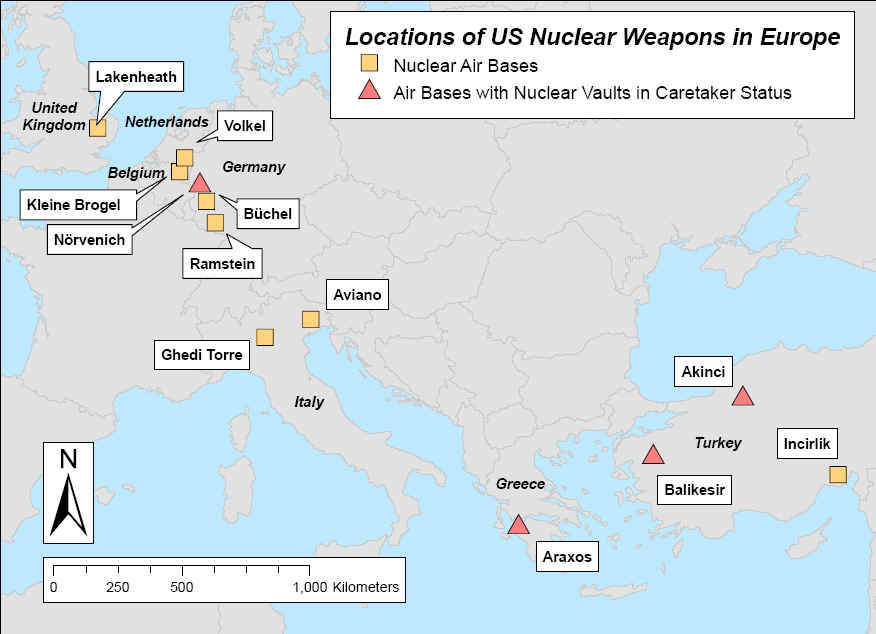



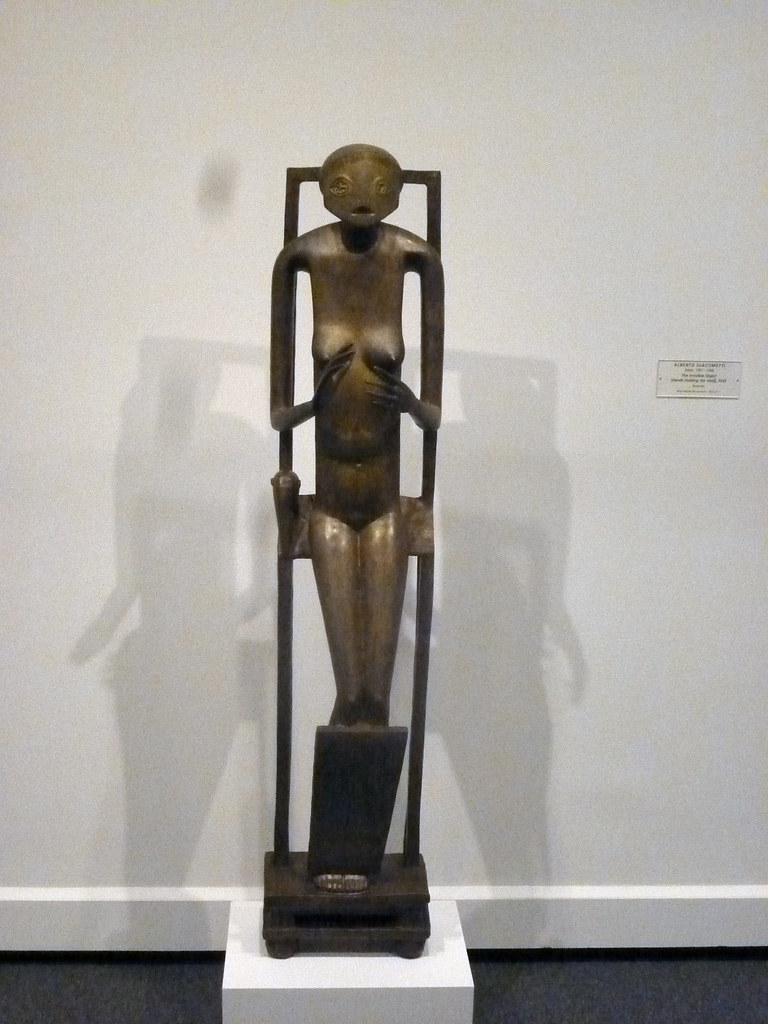


















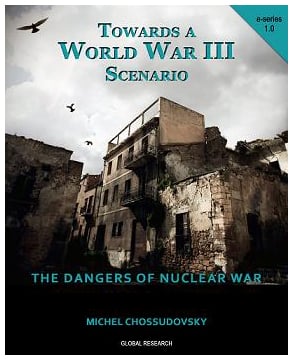

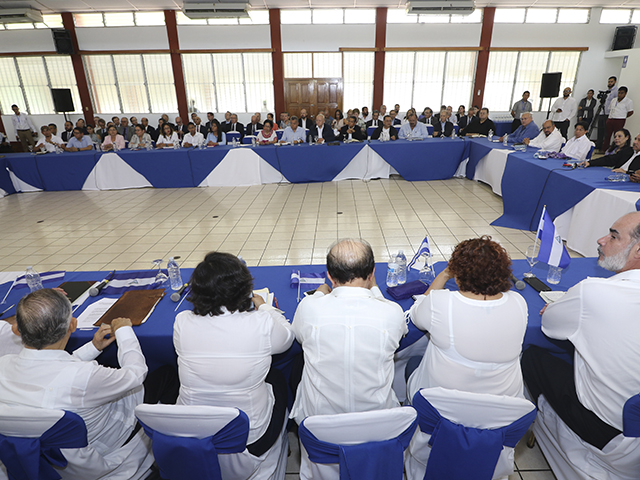
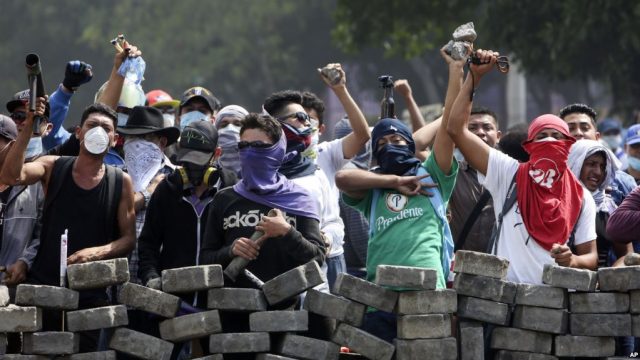

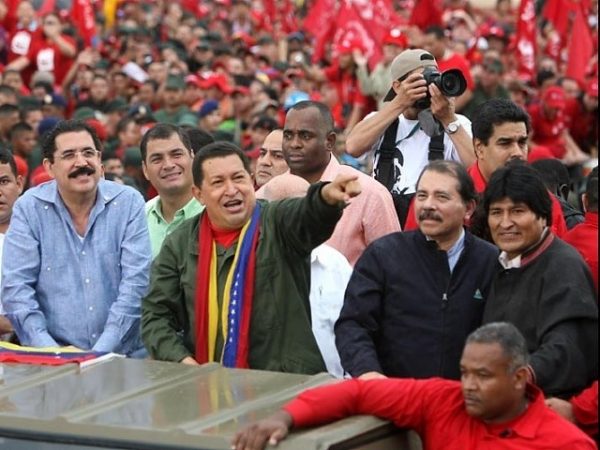

![Russia's Americans by [Stryker, Deena]](https://images-na.ssl-images-amazon.com/images/I/41NiSi%2BJS7L.jpg) More than ten thousand Americans are currenty living independently in Russia. What are some of the reasons for their choice and how has it affected their view of the wider world. Illustrated with many color photographs from the author’s on site experience.
More than ten thousand Americans are currenty living independently in Russia. What are some of the reasons for their choice and how has it affected their view of the wider world. Illustrated with many color photographs from the author’s on site experience.
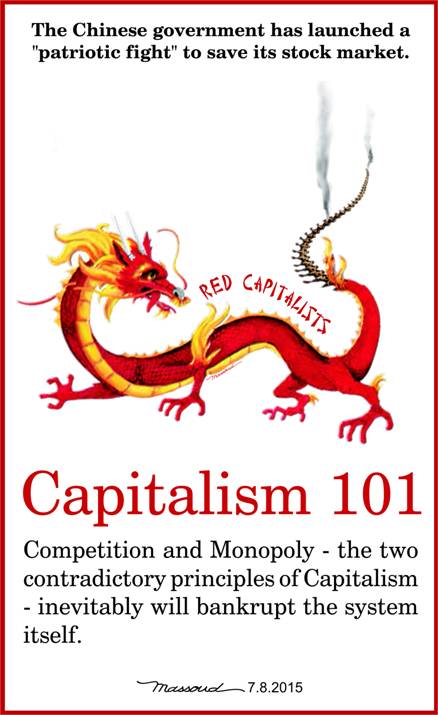





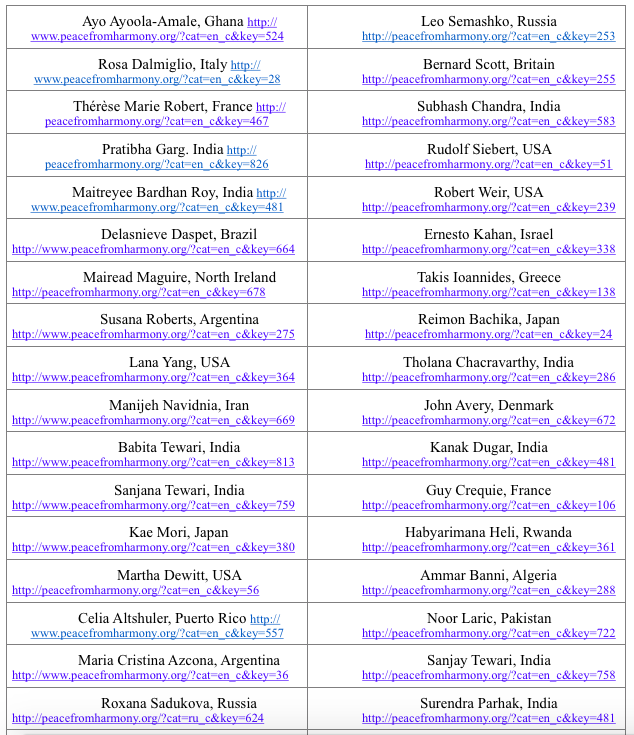

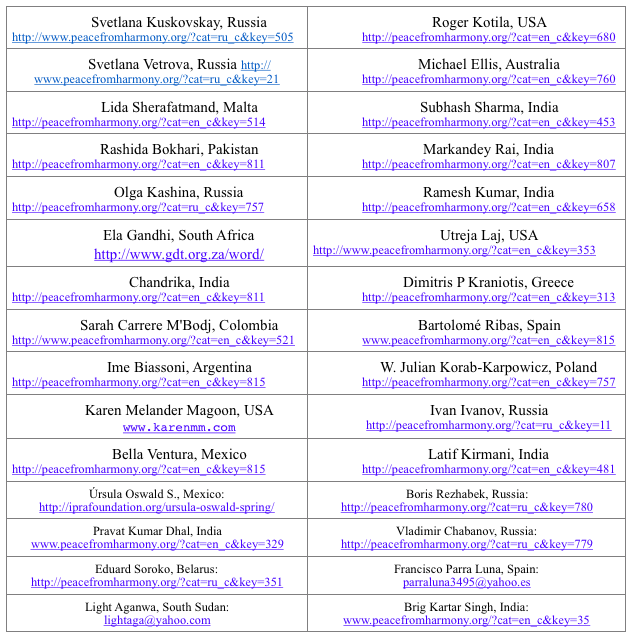
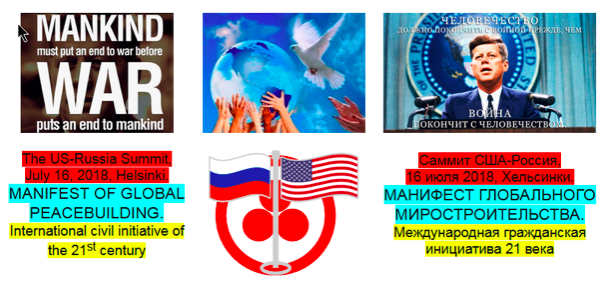

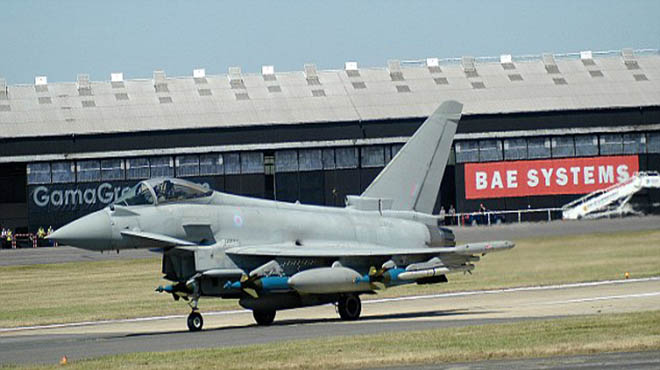




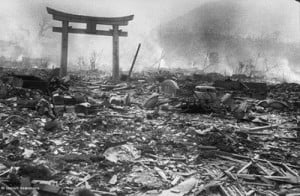

 Can you
Can you 